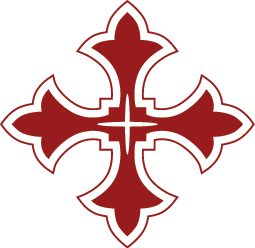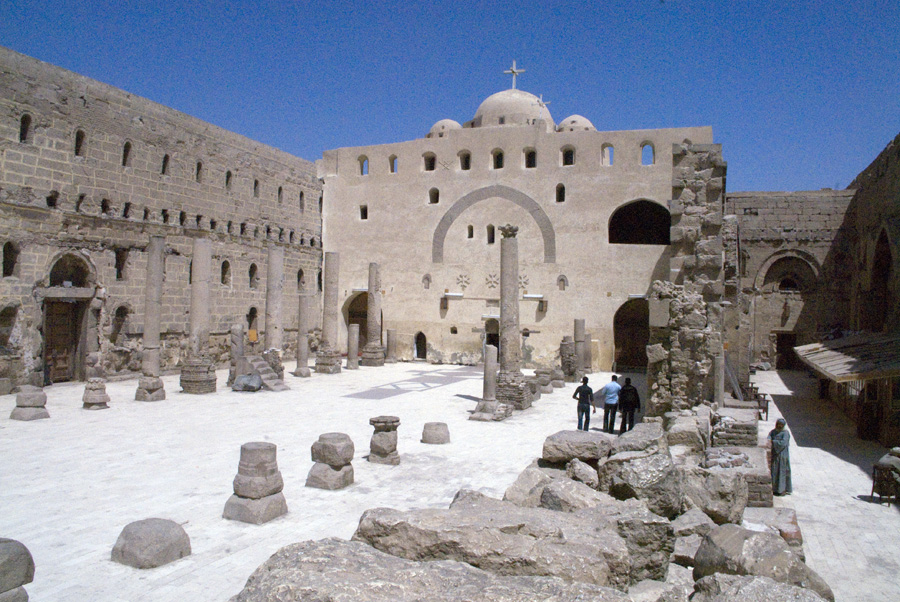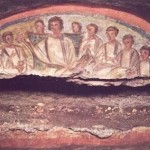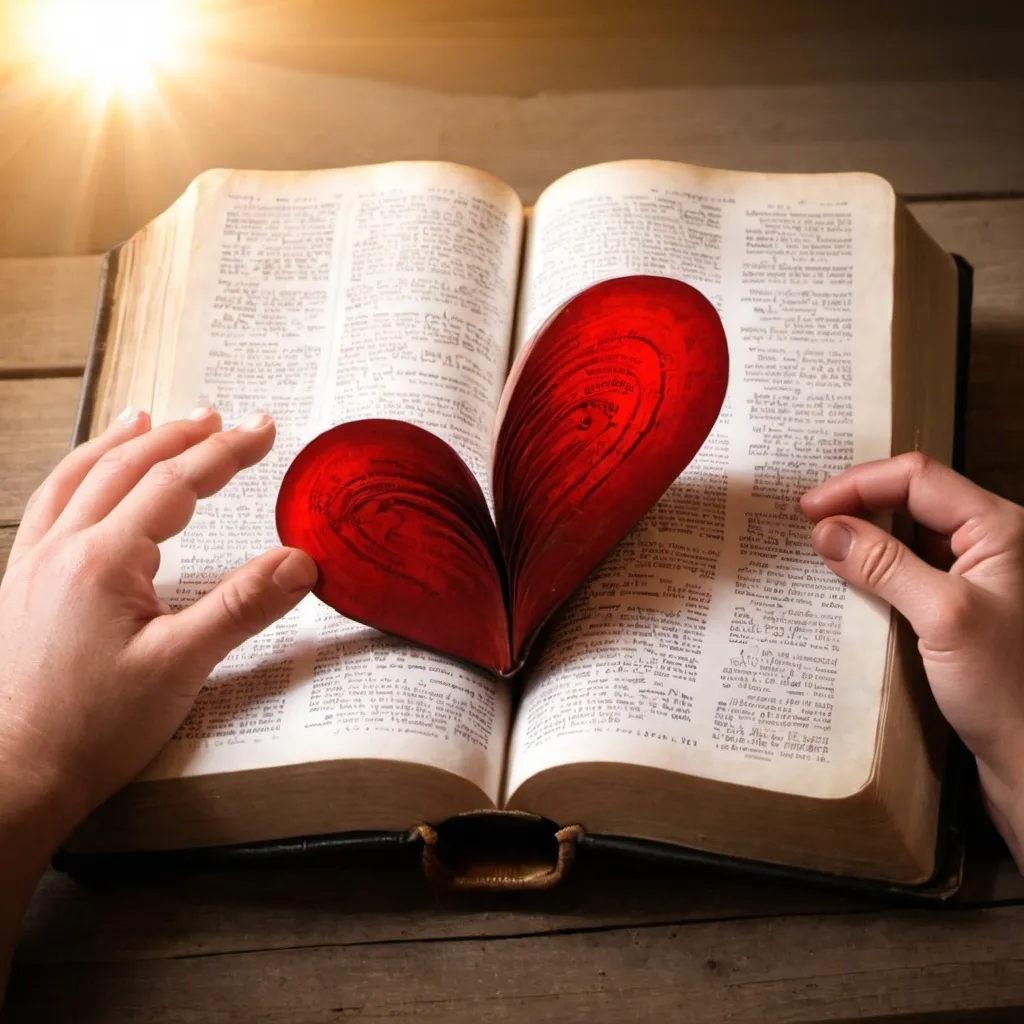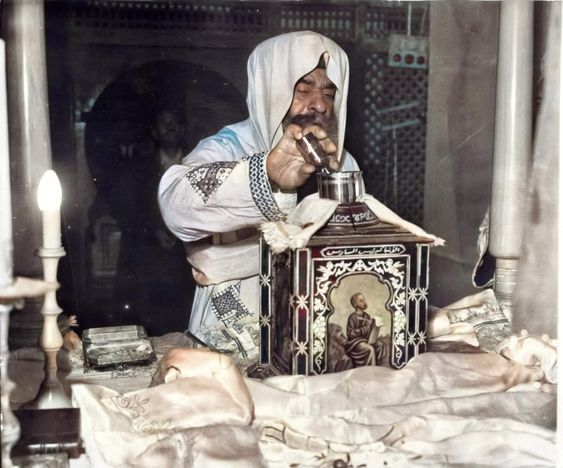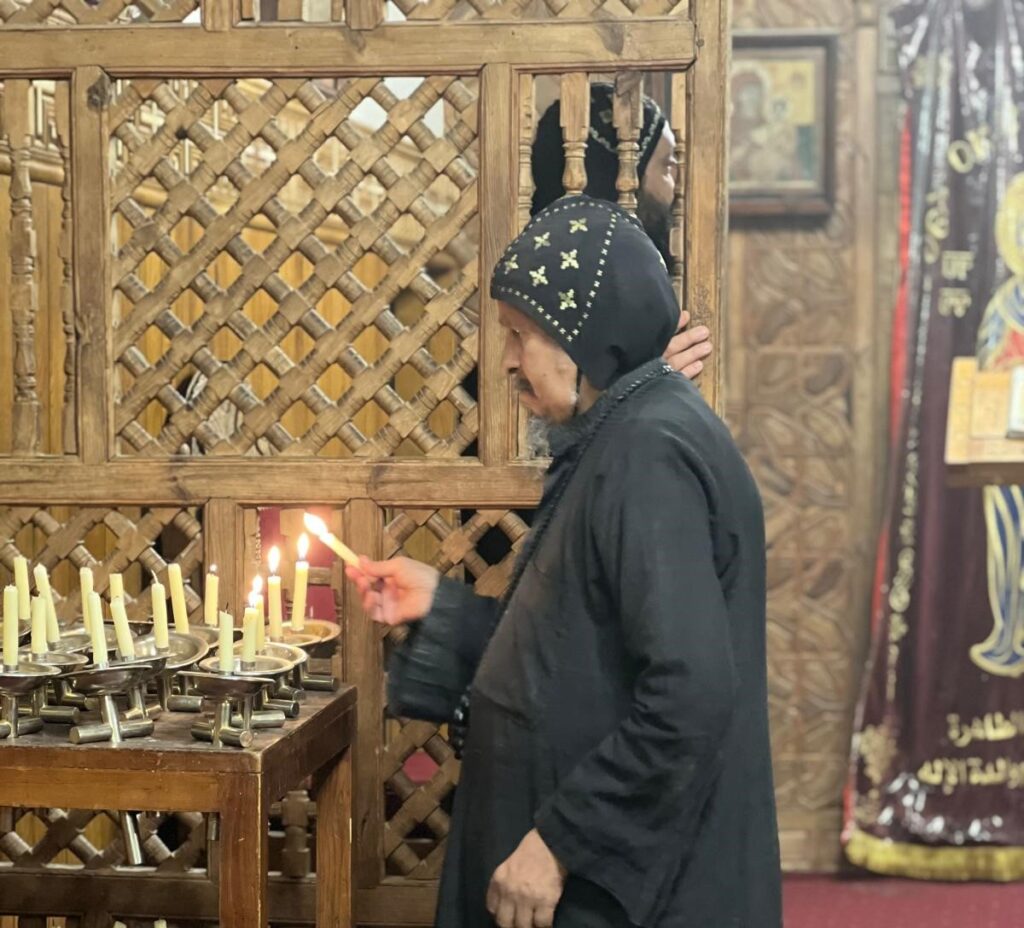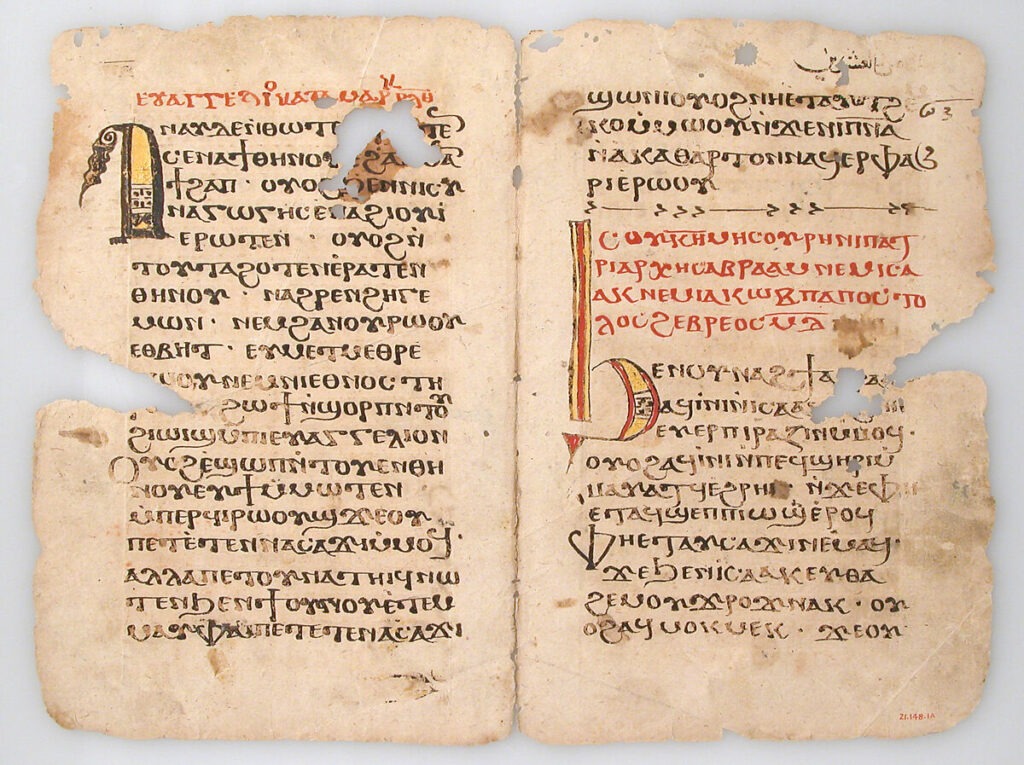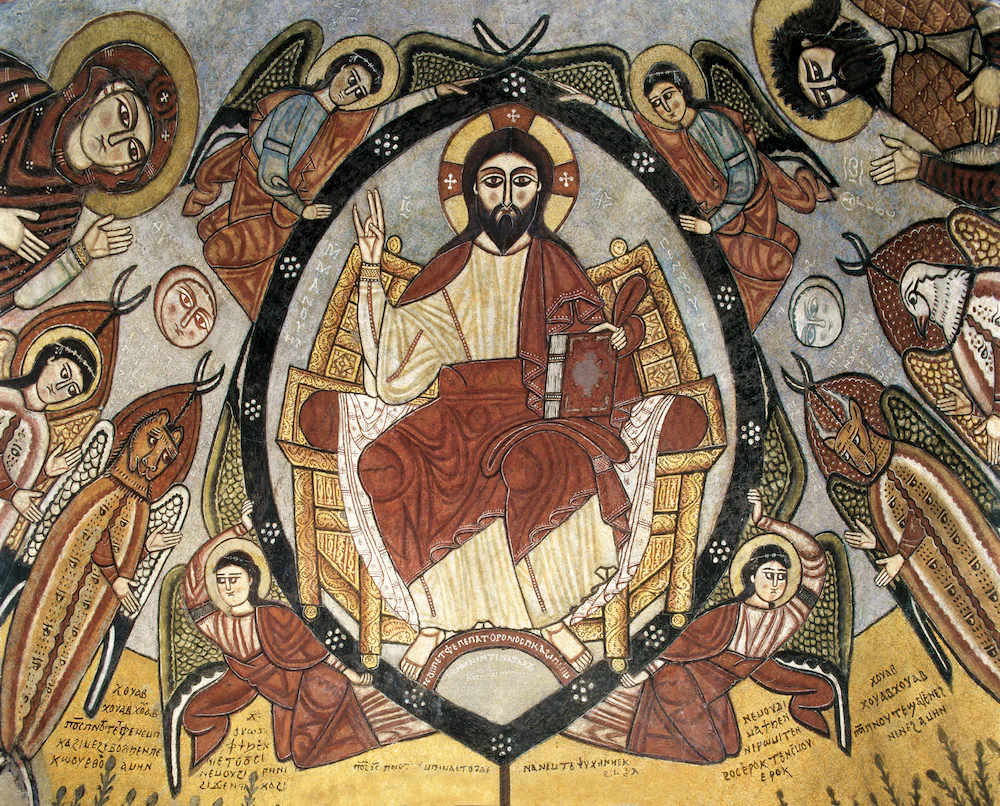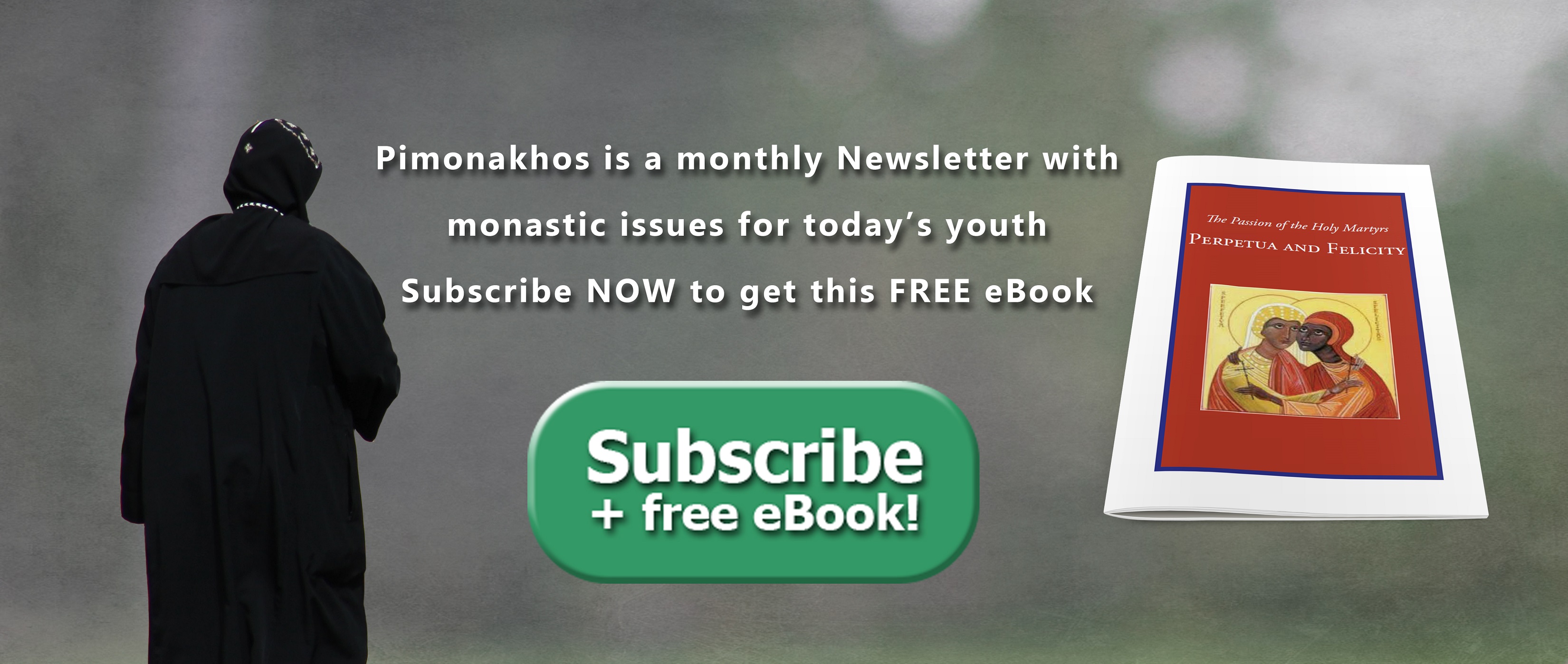Despite the importance of work in the White Monastery, it has been argued that prayer, not labor, was the activity around which the day was structured. The monks slept two to a cell in the monastery. They rose about an hour and a half before light and immediately prayed; if they rose earlier, they were …
Despite the importance of work in the White Monastery, it has been argued that prayer, not labor, was the activity around which the day was structured. The monks slept two to a cell in the monastery. They rose about an hour and a half before light and immediately prayed; if they rose earlier, they were to pray longer. No monk was to go to work without praying first They were also exhorted to pray ceaselessly, apparently throughout their workday Praying was not just contemplative; it was a physical activity that required the monks to bend and rise several times in succession.
Monks also recited Scripture during their work, and St Shenouda was much like other monastic leaders in his esteem for the Bible. Also at the beginning of the day, apparently before the monks went to work, a worship service was held with the reading of Scripture and recitation of Psalms; the male monks read the Psalms without a break between them. Prayer was thus incorporated into nearly every aspect of a monk’s day But neither the activity of praying nor its primary role means that life in the White Monastery was contemplative and so inactive; rather, physical labor defined the monastic life, both in the act of praying and in daily life.
A long workday accompanied the monks’ prayer life, Devotion to prayer was not an excuse to avoid labor, even for the superiors of the monastery. Apparently the monks did not eat before going to work, and the daily communal meal was held at three in the afternoon For the men, there were various forms of work, but the women were apparently limited to the production of clothing. Nuns would have learned to weave before joining the monastery, since women of every class in antiquity acquired this skill Likewise, many of the male monks had previous occupations; they were allowed to continue in the same line of work not by their own choice but only if St Shenouda appointed them to.
Priests and deacons who joined the monastery were also still authorized to perform the Eucharist, though only at the request of someone called “the father of these congregations, most likely the head of the monastery. Other men performed more physical labor: reaping rushes, plucking palm-leaves, filling up the vessel used for pounding soaked reeds, gathering date-palm fibers, grinding grain, and baking.
Certainly one aspect of the White Monastery was economic support for its members and the surrounding villages. The monks’ labor contributed to the monastery’s ability to provide economic assistance both to themselves and those seeking hospitality and charity from them. Another form of work in the monastery was service to other monks. Monks worked in the infirmary, the kitchen, or some other part of the monastery that performed the services necessary for a community of people. Thus the varied tasks necessary to furnish material support (especially clothing) and the jobs necessary to run the monastery as an institution were all forms of work required of the monks, male and female.
Join Us: Sign Up Today!
Tags:

